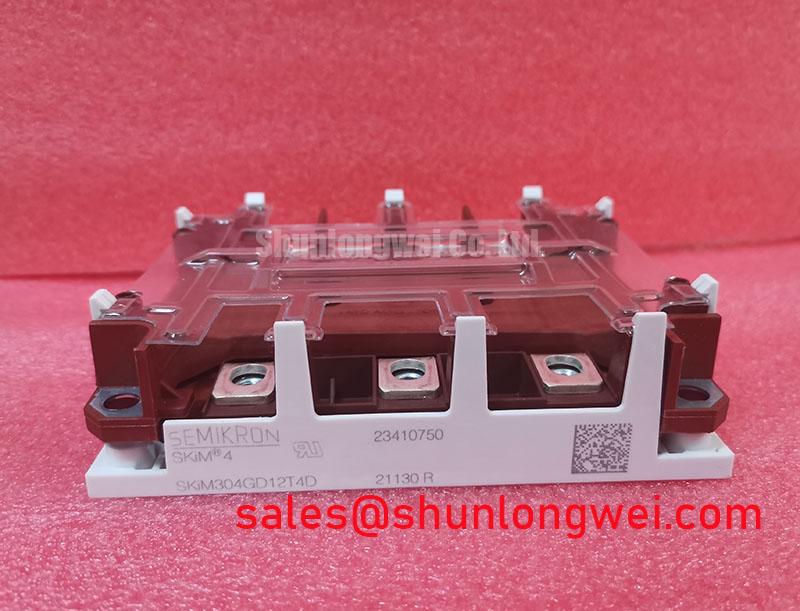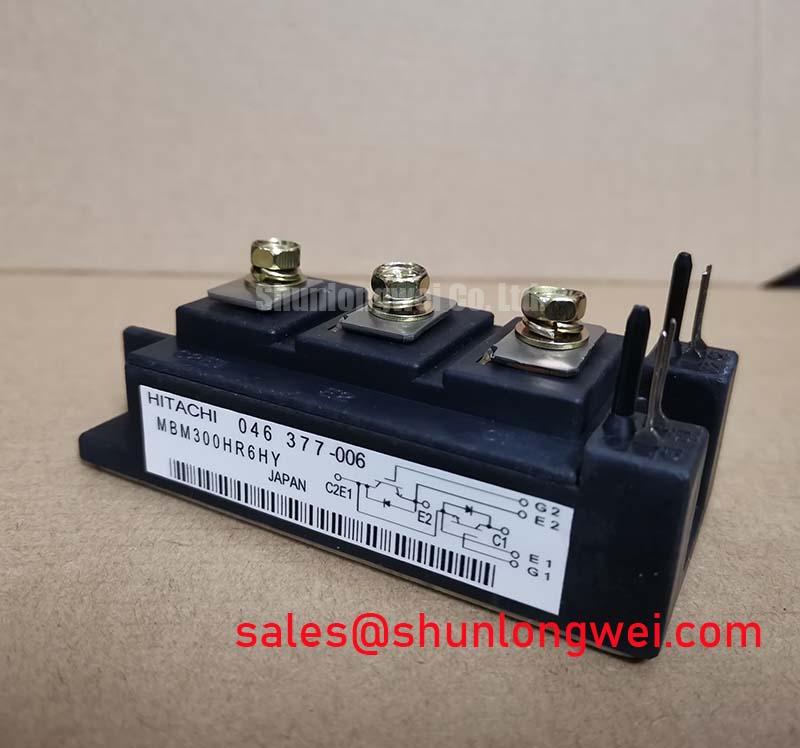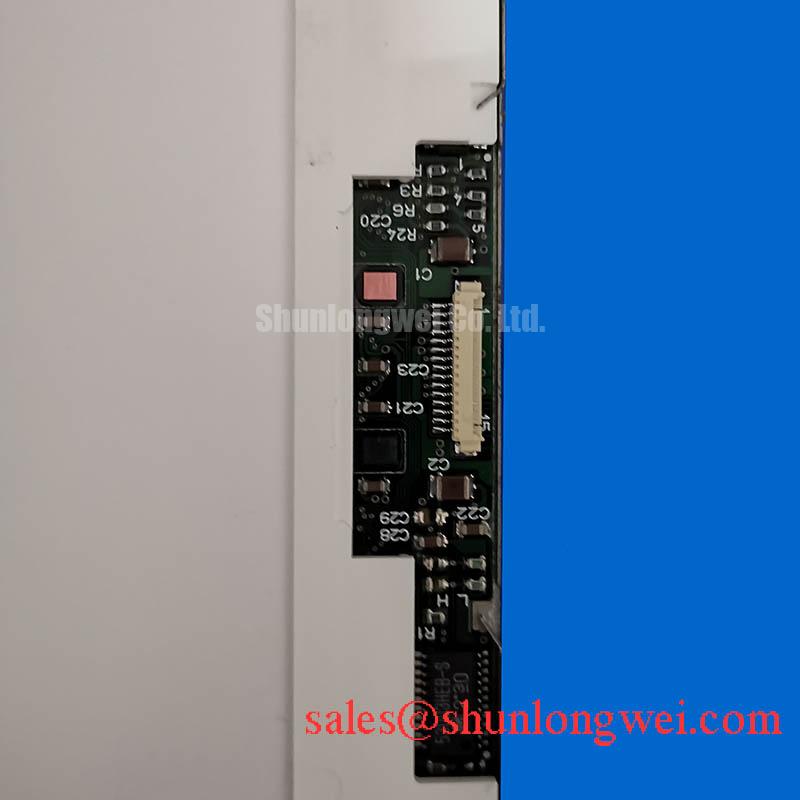NL6448AC30-07: Engineering Review of a 9.4-inch VGA Display Module
Content last revised on October 13, 2025.
The NL6448AC30-07 is a 9.4-inch a-Si TFT-LCD module delivering proven performance for systems requiring a classic 4:3 aspect ratio and VGA resolution. Engineered for durability and straightforward integration, this display provides a stable solution for industrial human-machine interfaces (HMIs), control panels, and legacy equipment retrofits where reliability is paramount. With its standard 640x480 pixel format and direct CMOS interface, the NL6448AC30-07 simplifies the design process for embedded systems built around established display standards. For industrial applications requiring a robust VGA display with a proven interface, the NL6448AC30-07 offers a reliable and mechanically sound solution.
Key Parameter Overview
Decoding the Specs for Legacy System Integration
The specifications of the NL6448AC30-07 are tailored for targeted industrial applications where VGA resolution is the standard. The panel's architecture prioritizes functional reliability and compatibility with established control hardware.
| Parameter | Specification | Engineering Value |
|---|---|---|
| Screen Size | 9.4 inches (24 cm) | Provides a substantial active area for data visualization in a compact frame, ideal for panel-mount HMIs. |
| Resolution | 640(RGB) x 480 (VGA) | Ensures crisp rendering of graphical user interfaces and text on systems designed for the VGA standard. |
| Pixel Arrangement | RGB Vertical Stripe | A standard pixel geometry that ensures predictable and clear image quality for typical industrial graphics. |
| Signal Interface | CMOS (1 ch, 4-bit) | Offers a direct, logic-level interface that simplifies connection to legacy microcontrollers and FPGAs without requiring specialized LVDS transmitters. |
| Technology | a-Si TFT-LCD, Normally White | A mature and reliable TFT-LCD technology known for its stability and long operational life in industrial environments. |
Download the NL6448AC30-07 datasheet for detailed specifications and performance curves.
Application Scenarios & Value
System-Level Benefits in Industrial Control and Instrumentation
The NL6448AC30-07 is engineered to provide long-term service in environments where cutting-edge resolution is secondary to operational stability and component longevity. Its feature set makes it an optimal choice for maintaining and extending the life of critical industrial equipment.
A primary engineering challenge in industrial maintenance is sourcing direct-fit replacements for aging HMI panels in machinery like CNC controllers, PLC interfaces, or medical diagnostic equipment. These systems often have control boards with TTL/CMOS-level video outputs and cannot be easily upgraded to support modern LVDS or eDP interfaces. The NL6448AC30-07's native 4-bit CMOS interface directly addresses this challenge. It allows engineers to perform a near drop-in replacement, minimizing software redevelopment and hardware re-engineering. This reduces downtime significantly compared to a full system overhaul. The 640x480 resolution is not a limitation but a key compatibility feature, ensuring that the original GUI, designed for this specific pixel map, renders correctly without scaling artifacts or distortion. While this model is ideal for maintaining VGA-based systems, for new designs or upgrades requiring higher data throughput and resolution, a display like the NL10276BC24-21F with a digital interface may be more suitable.
Frequently Asked Questions (FAQ)
What are the key considerations when integrating a display with a CMOS data interface?
A CMOS interface is a parallel, logic-level connection. The primary design considerations are signal integrity and timing. Engineers must ensure that trace lengths for the parallel data lines (R, G, B), Hsync, Vsync, and dot clock are managed to prevent signal skew. Proper grounding and shielding are also crucial to minimize susceptibility to EMI/RFI, which is common in industrial settings.
How does the 4:3 aspect ratio of the NL6448AC30-07 benefit industrial HMI applications?
The 4:3 aspect ratio is a classic standard that aligns perfectly with a vast library of existing industrial HMI software. Many GUIs for process control, machine operation, and data monitoring were designed specifically for this squarer format. Using a 4:3 display like the NL6448AC30-07 ensures that these interfaces display without letterboxing or stretching, preserving the intended layout, button sizes, and data field locations for optimal operator usability and safety.
What is the significance of the "Normally White" display mode?
"Normally White" refers to the state of the liquid crystal cells in the absence of an electric field. In this state, light from the backlight passes through, making the pixel appear white. The primary practical implication is the display's appearance upon failure; if a pixel's driving transistor fails (opens), the pixel will become white. This can be a consideration in applications where a dark screen on failure is preferred for aesthetic or safety reasons.
Technical Deep Dive
Implications of the a-Si TFT Technology and CCFL Backlight
The NL6448AC30-07 is built upon amorphous silicon (a-Si) thin-film transistor technology, a cornerstone of the industrial display market for decades. The maturity of a-Si TFT manufacturing processes, such as those historically used by NEC, translates to high production yields and exceptional reliability. For an engineer, this means a predictable and stable component with well-documented performance characteristics, simplifying long-term product support.
A critical element of this module's design is its CCFL (Cold Cathode Fluorescent Lamp) backlight. Unlike modern LED backlights, CCFLs require an external inverter to generate the high AC voltage needed for operation. This is a key integration point. The benefit of this older technology in a replacement scenario is that it often matches the power system of the original equipment, allowing reuse of the existing inverter and power connections. The predictable aging curve of a CCFL, while leading to a gradual decrease in brightness over its lifetime, is well understood and can be factored into maintenance schedules for mission-critical applications.
Request for Quotation
To evaluate the NL6448AC30-07 for your specific application, please contact our technical sales team. We can provide detailed information to support your engineering and procurement decisions for legacy system support, maintenance, and specialized new designs.












